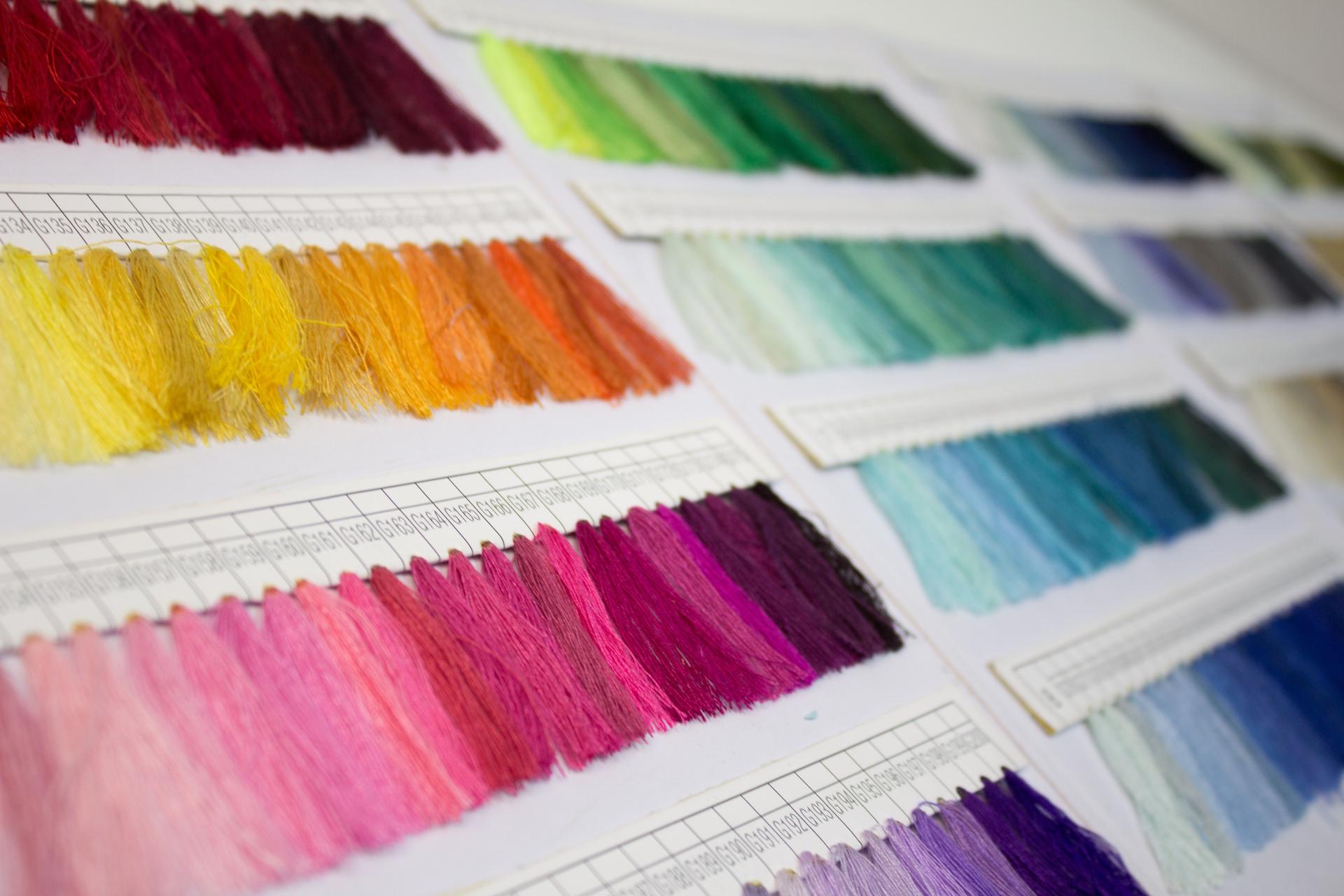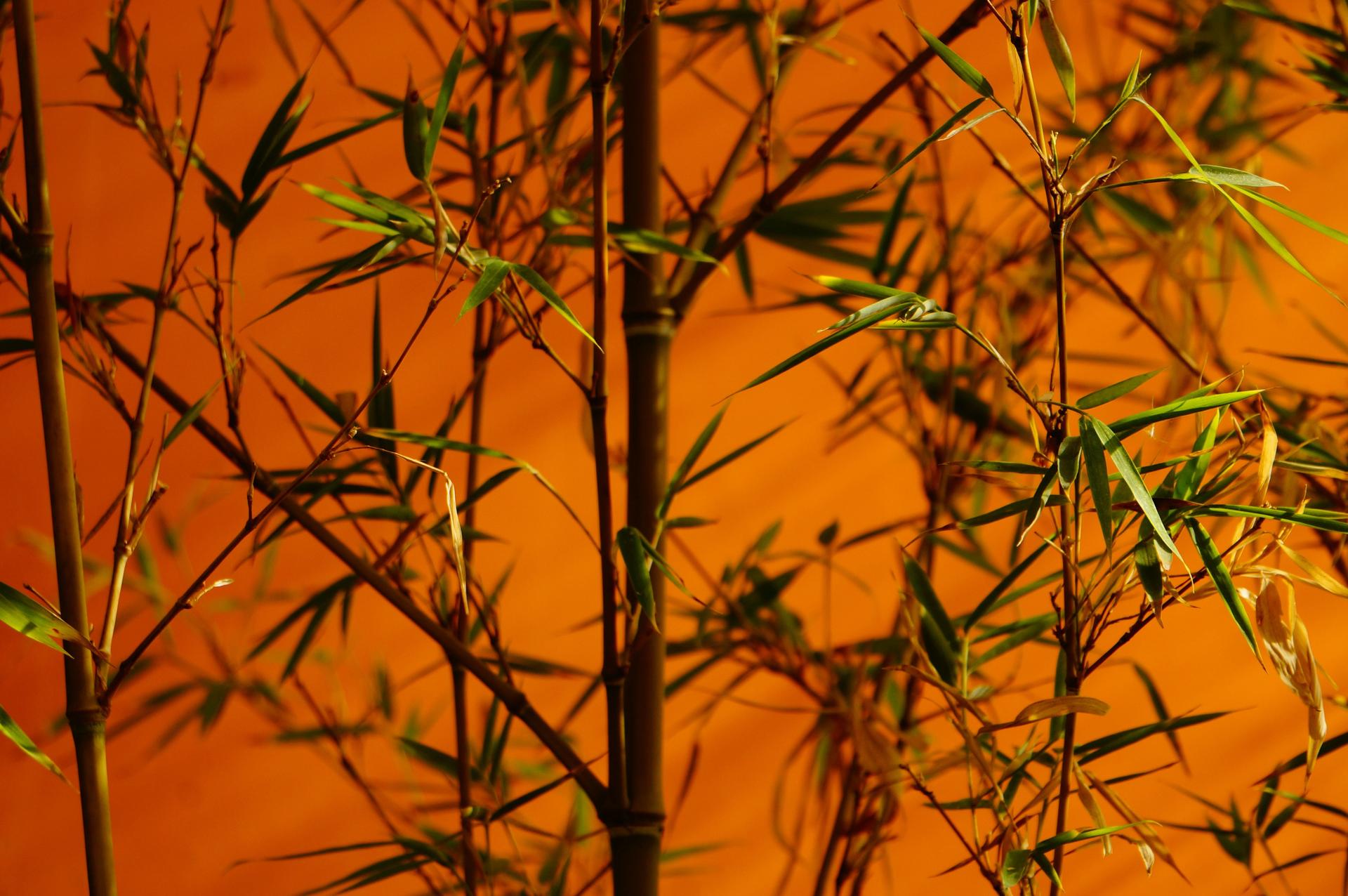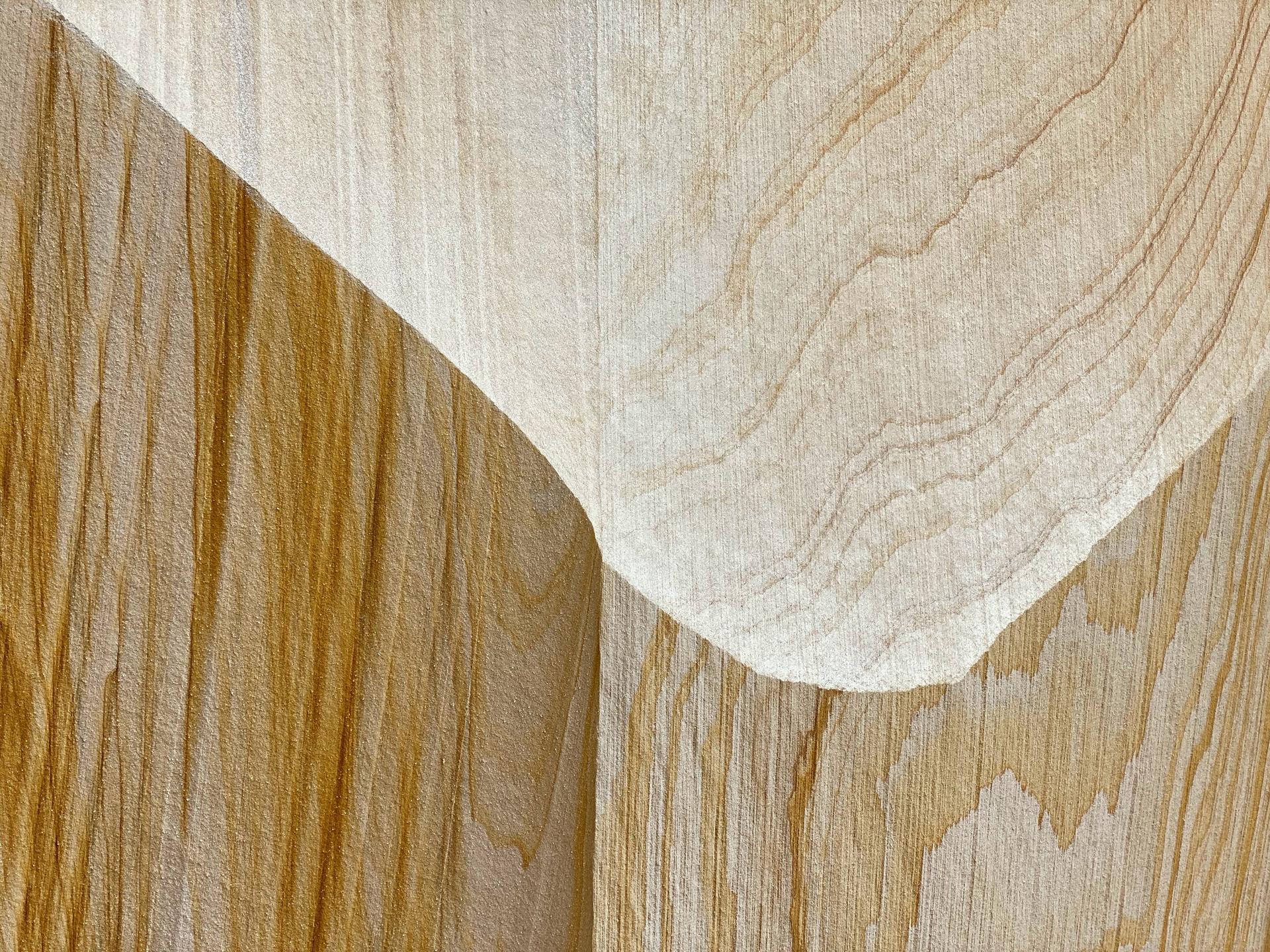Linen

Definition
Linen is a natural textile material crafted from the long, slender fibers of the flax plant (Linum usitatissimum). It is esteemed for its exceptional breathability and moisture-wicking capabilities, making it a preferred choice for a wide array of applications, including clothing, home textiles, and more.
Linen has a rich heritage spanning centuries, deeply interwoven with the fabric of human history. Linen is considered a premium material in the world of textiles.
History and Origin
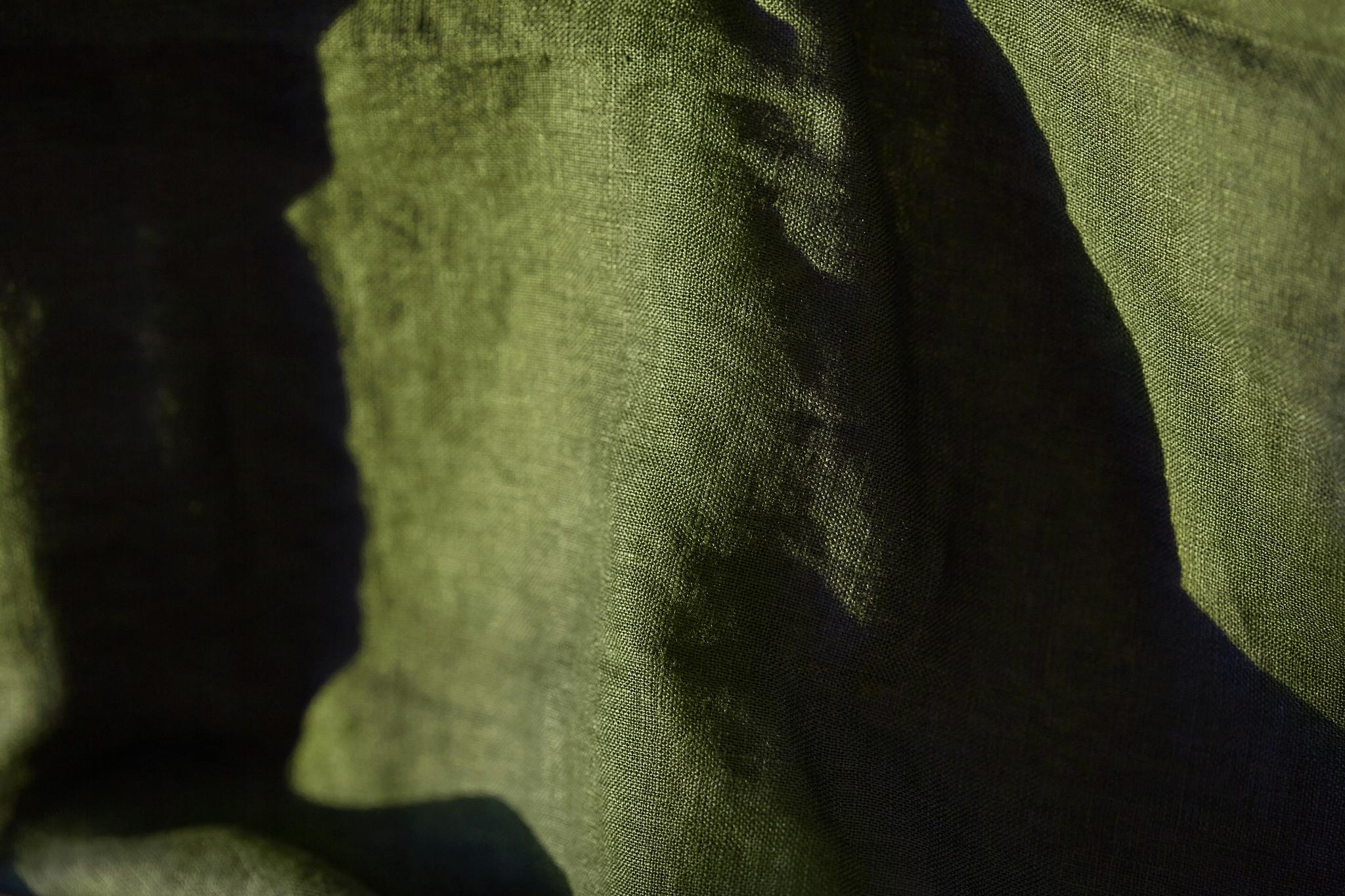
Linen has been used historically for thousands of years, with evidence of its cultivation and use dating back to ancient civilizations such as Egypt, where it was highly prized for its luxurious qualities. Over time, linen became widely used across Europe and Asia for clothing, bedding, and other textile products.
(Fun fact: the word linen is of West Germanic origin, probably borrowing from Latin linum “flax” and early Greek linon. The word long-term history has been presented in other words, most notably line (the use of linen/flax to determine a straight line), lining (layering, as linen was often used to make an inner layer for clothing), and lingerie (from French, as underwear was commonly made of linen).
MPa: is the tensile strength of linen fiber. To compare, cotton has a tensile strength of up to 600 MPa, while the second highest tensile strength among natural fibers is hemp with 900 MPa only. This number shows that linen fiber is the strongest natural fiber with an impressive tensile strength.
Properties
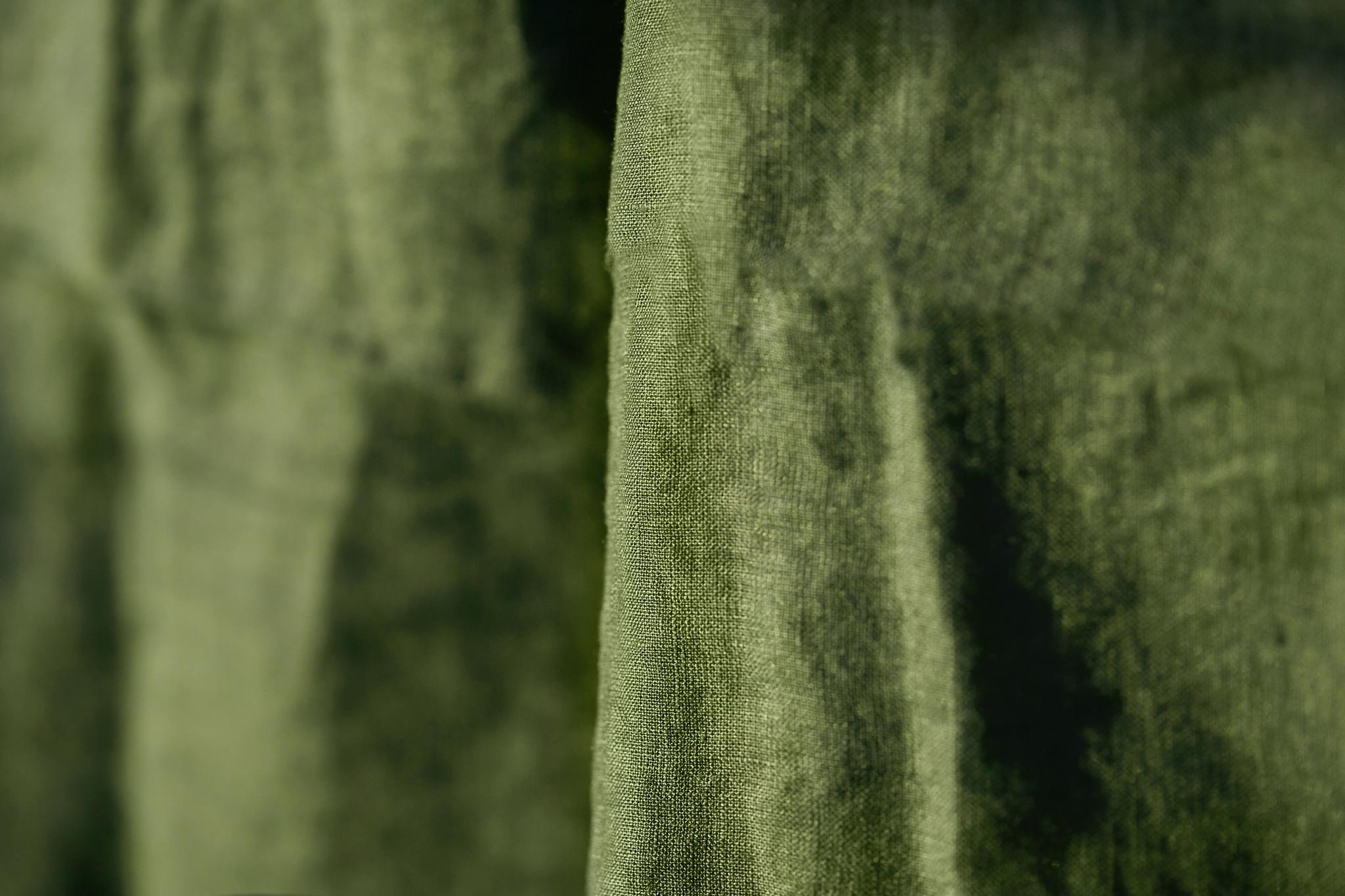
Linen fibers are typically fine, lightweight, and naturally lustrous. Linen fabric exhibits high breathability and moisture-wicking properties, making it suitable for warm climates and summer clothing. Its texture is smooth and cool to the touch, with a slight natural sheen.
Linen possesses excellent tensile strength, allowing it to withstand pulling and stretching forces. While it may not be as elastic as some other fibers, its strength and durability make it a valuable choice for long-lasting products.
Linen fibers are primarily composed of cellulose, a natural polymer. Cellulose is made up of glucose molecules linked together in long chains. Linen's composition makes it biodegradable, meaning it can decompose naturally, reducing environmental impact.
Application and Usage
In general, linen is a great alternative to cotton, offering a similar level of breathability and comfort as cotton as textile. The production of the material, however, has a much lower environmental impact compared to cotton (low water consumption, redundancy of fertilizer, pesticides, etc., land use).
There are two limitations of the linen: durability and cost. The material is prone to light fastening and weather fastening, thus reducing its durability. Moreover, linen is generally more expensive than cotton.
New
Never miss out on the latest sustainable & regenerative materials!
By continuing, you agree to ourT&C’s
References
5. Tensile and compressive properties of flax fibres for natural fibre reinforced composites https://link.springer.com/article/10.1023/A:1014925621252
6. A Review on Pineapple Leaves Fibre and Its Composites https://www.hindawi.com/journals/ijps/2015/950567/
7. Textile Technology - 2006



